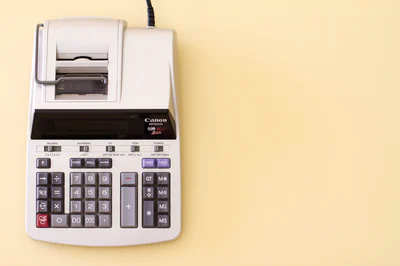Even if you have a big budget, you can’t just shoot everything. — Debbie Allen
According to CBInsights, top reasons for startups’ failure are “no market need” for the product/service (42%) and “ran out of cash” (29%).
So, almost a third of small businesses fall into oblivion just because they lack money to complete the project, even though they had enough funding at the beginning.
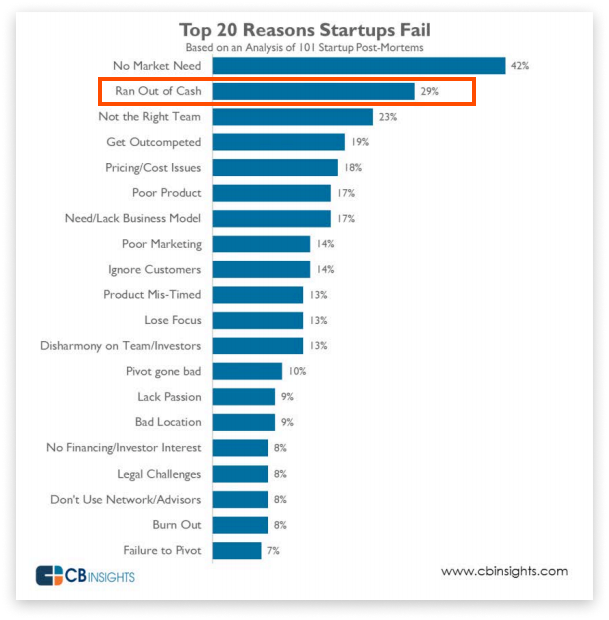
Typically, if a business chooses to hire a remote product development team, the team is responsible for providing an accurate cost estimate and timeline.
The discovery phase (preliminary investigation) plays a vital role in making accurate and realistic calculations and, well, saving the total budget.
Often, clients decide to skip this step as “the concept is clear”, but eventually it may lead to exceeded service bill and unmet deadlines.
In this article, we’ll explain how to run requirements discovery and cut your development costs up to 50%.
What you will learn:
What is a project discovery phase?
Whether you’re going to build a solution from scratch or enhance the existing product, make sure you understand the importance of the investigation stage.
It may take anything from 1 week two several months depending on the complexity of the needed solution and is aimed at:
- learning the key aspects of your business: vision, goal, domain, market, competitors, stakeholders, user pain points;
- collecting contextual details related to your project and solution: product options, MVP, roadmap, functionality, tech limitations.
Put simply, it’s a preparation for design and development works that includes careful research and planning.
The process requires high involvement of the client and the remote team.
Ultimate goal
The discovery phase in product development helps both parties to find common ground, eliminate information gaps and stick to the established budget and timeline.
Does it mean that any project needs “scoping”?
Yes, and it’s especially for businesses that fall under the below categories:
- innovative products, new markets, domains;
- unclear goals and scopes, stakeholders;
- regulated complex environment;
- high competition and risks;
- limited budget or restricted timeframes.
Format
Requirement gathering and analysis may come in different shapes: calls, workshops, Q&A interviews, brainstorming, mind mapping sessions.
In the current conditions, online conference calls and meetings are the only available way to run the investigation stage.
Regardless of the format you choose, make sure you and your tech partner have got the answers to the below questions:
- what’s your domain and market?
- who are your stakeholders?
- what pain points do users have?
- what does your product need to do?
- who is your target audience?
- how do you see general and detailed flows in your product?
- how will the business generate revenue?
- what needs to happen next?
We split the process into a set of sessions (calls) where we plan to find out more about the client’s product and business idea, clarify the desired requirements, and establish limitations.
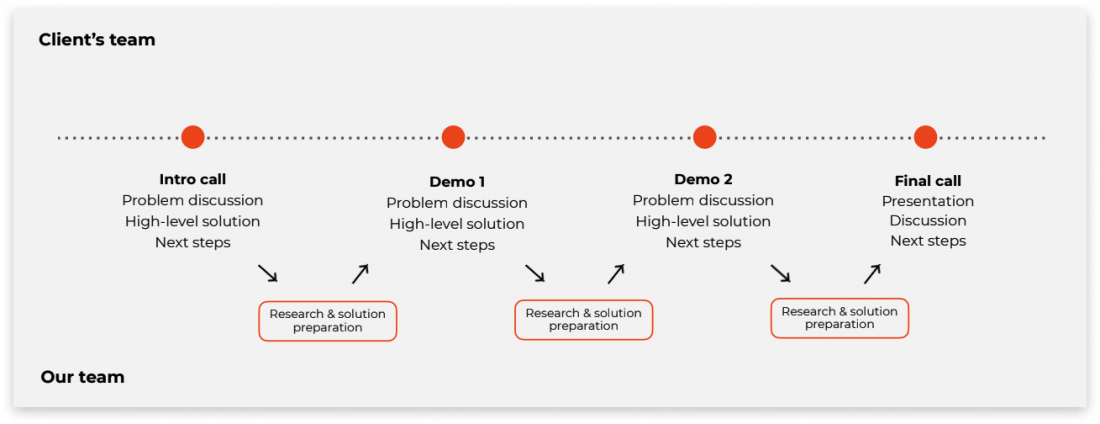
Key participants
Depending on the depth and objective of planning and analysis, the team size may vary.
Typically, there is a Business Analyst, Tech Lead, Project Manager and the key decision-maker from the client’s team who are involved in the discovering.
If necessary, other specialists such as UI/UX designer, Marketer, Account Manager can join the squad.
At Justcoded, we have come up with several discovery tiers (we’ll get back to this later), the team is different for each project. The most advanced discovery phase includes a PM, BA, UX/UI designer, Tech engineer.
Benefits of a discovery phase
During our time as a tech partner for startups and large companies, we’ve got the core understanding of benefits the discovery phase of project management delivers.
Fits off, it reduces development costs. What else matters? 🙂
How to cut the budget up to 50% with planning and analysis?
Our discovery tiers are based on the client’s budget and the stage you are at with your idea.
- Express discovery is fast and takes approx 1 week. After 2 sessions, we’ll provide you with a feature list, detailed estimate, high-level roadmap and tech recommendations. Projected budget savings — 10%.
- Standard discovery results in more deliverables and usually takes up to 2 weeks. In the end, you get the same docs as after the express discovery plus lo-fi wireframes and user stories. How much are you going to save? 20–25%.
- Advanced discovery is the most time-consuming and extensive option where we provide the fullest analysis, design, and specs. It includes the entire team who will be working on everything from user personas to the roadmap. Estimated budget savings — 50%. Seriously.
There are other perks the project planning and analysis offer.
Better risk management
By answering the question “Are there any project risks?”, the team identify the possible obstacles (regulation, capital, market condition, budget) and consider the ways to overcome them.
Project requirements validation
During the preliminary stage, the client and the contractor discuss what features are must-have and nice-to-have, analyse solution options, roadmap, the MVP, and tech limitations.
Better understanding of the budget
Defining the scope boundaries and the minimum necessary set of features for the first solution iteration helps both parties to agree on how much funding is needed.
Achieving the balance between goals and needs
Knowing the aims and opportunities of your solution, the team can align them with user personas and needs to see whether the market actually needs your product.
Establishing relationships
Discovery is like the first date. The client and the team test if they match each other and can continue further collaboration.
Main tasks to solve during a project discovery phase
All the objectives can be achieved through specific tasks of the discovery phase in a project.
The typical workflow of the business analysis, aka investigation at JustCoded, is the following.

1. Client interview via introduction call
The main task of this step is to you envision the client’s solution, what market gap or business needs they’re trying to close, and how the solution will bring them profit.
Also, we study their target market and create a portrait of user personas.
We appreciate clients’ insights since they give us a full picture.
2. Requirements gathering
It’s time to dig into the nuances of the project.
Our team closely collaborate with the client through a series of calls to discuss the issues the feature specification will be built upon.
The main task of this step is to collect enough requirements to create diagrams and wireframes.
3. Requirements specs
The deliverables we created earlier help us clarify every feature. During our conversation with the client, we try to find out the details of a feature’s purpose and behaviour.
Our main task here is to understand how the user access the feature, interact with it, what data should be tracked and what happens next.
What will you get after a discovery session?
The outcome of the project planning and analysis is a pack of docs that will come into implementation later.
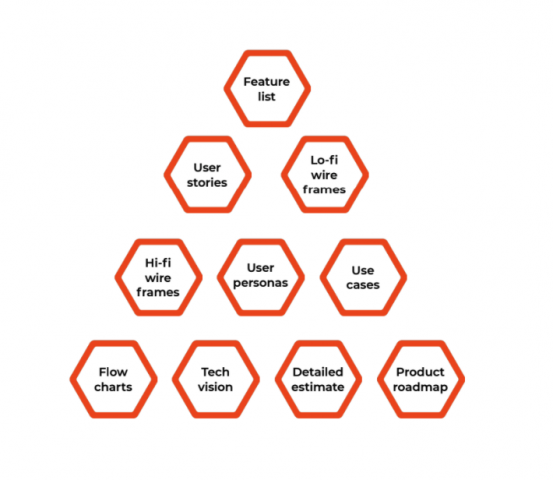
Roadmap
We’ve already explained the importance of roadmaps in our blog.
Visualisation of the project schedule sprint by sprint with expected deliverables at every stage is an essential reason for a discovery phase of a project.

Detailed estimate
To minimise project risks, we estimate every page and feature keeping in mind there might be issues causing delays.
In the detailed estimate, the client sees time extremes that the development could take.
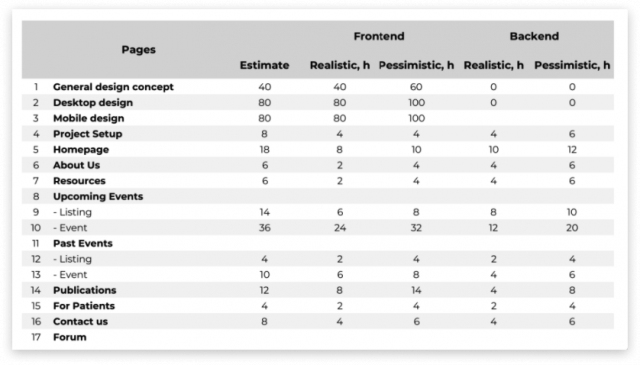
User profiles
Check why you need a user profile for your project and never skip this part.
Target audience’s pain points and goals are useful for creating use cases and scenarios that would be translated into functionality and user interface features.
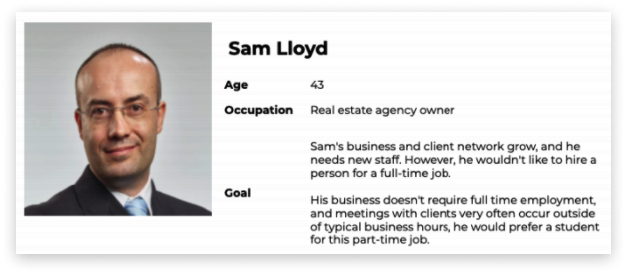
Detailed user profiles reflect the behaviour of a potential user and his/her interaction with your solution.
Wireframes
Wireframes, mock-ups and prototypes — we deal with all these elements of the user-centred design.
Lo-fi wireframes show the layout of sections and elements on the page or screen. They are usually grey scaled and serve as a reference for future design creation.

Prototypes or hi-fi wireframes show the realistic aesthetics of the final product. We create the hi-fi wireframes for the main pages which reflect the UI components and key design decisions.
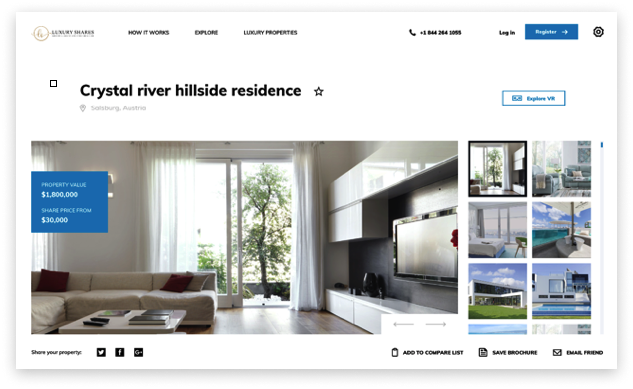
Further, during the design stage (note: design stage is outside the project discovery scope), the client will get a mock-up — a life-like presentation of the final product.
Discovery phase of the project is over: what’s next?
Our clients are not obliged to continue the design and development once the discovery phase project management is over. They are free to take the deliverables and our recommendation to their in-house team or another dev partner.
A human-centred design that is the next step is based on the preliminary results: in-depth research and analysis of the client’s niche, target audience, current challenges and key competitors.
Discovering projects: our experience
We’ve gathered all our projects in the portfolio where you can find the case studies with preliminary investigation stage.
Here are a few examples.
Luxury Shares
Luxury Shares is a complex property crowdfunding platform for fractional ownership.
We began with business analysis to understand the core concept of the business, income flows and the functionality needed for various system users.
Through a series of workshops, we compiled a feature set for the platform that was further turned into a detailed spec.
CapitalRise
We partnered with an early-stage venture capital startup, CapitalRise, to develop a crowdfunding real estate investment platform.
The main challenge for us was to provided expert frontend and backend development under tight deadlines.

We managed to take the client’s brief and rapidly turn it into a useful product with numerous features: investor onboarding, property listings, bulletin boards, etc.
Our collaboration is ongoing, and we’re assisting the company with the platform scale-up.
Focus
The discovery phase for the Focus project, a risk management platform, lasted roughly a month.
Since the client came up with a clear understanding of the outcome, we only had to clarify the nuances.
Throughout the calls, we discussed broad concepts like main roles and their responsibilities as well as documented tiny details (what happens when we click a particular button? what message is shown after a specific action? etc.).
In the end, we created a functional specification that the development team followed during the implementation stage.
A wrap-up
Let’s summarise our findings.
- The preliminary research and requirements gathering is an excellent chance for the team and the client to get to know each other better and develop a shared understanding of the project scope.
- Reaching agreement on tech complexity, project timeframes and budget help to eliminate risks and exceed the budget.
- Advanced “discoveries” are to cut the project pricing list up to 50% (based on our experience).
- The format, duration and flow of the preliminary stage depend on the development level of requirements and complexity of the system.
